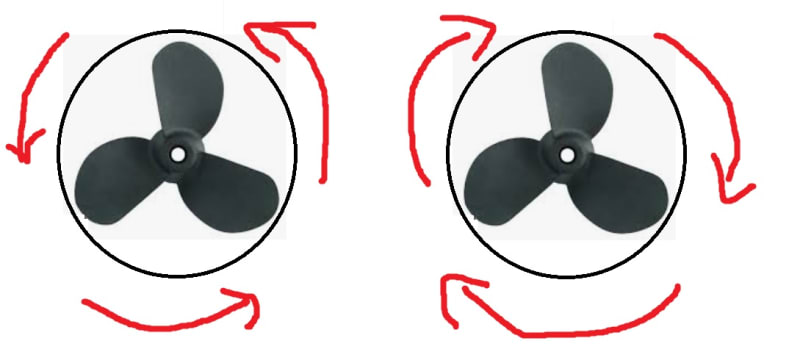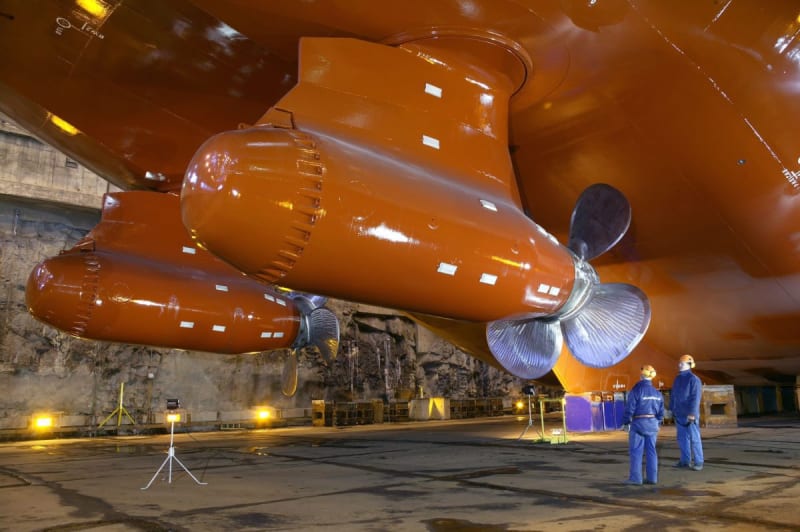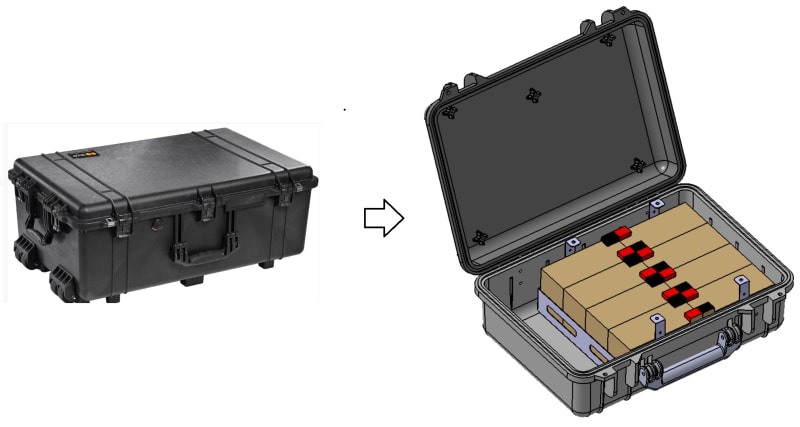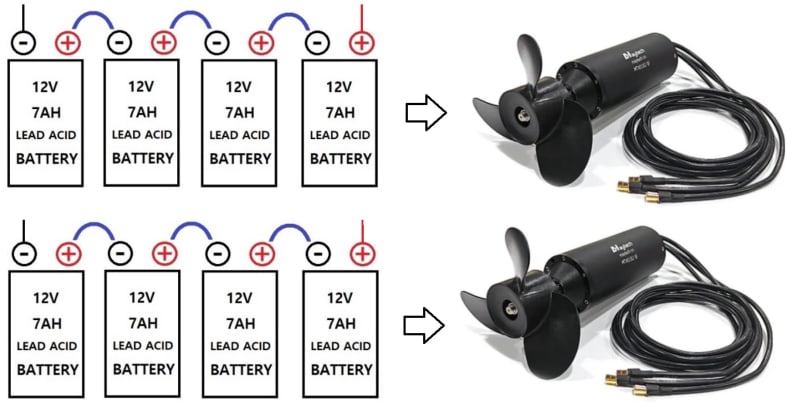Hi I am installing these motors to the backside of my boat for propulsion and also for steering using dual motor controller.
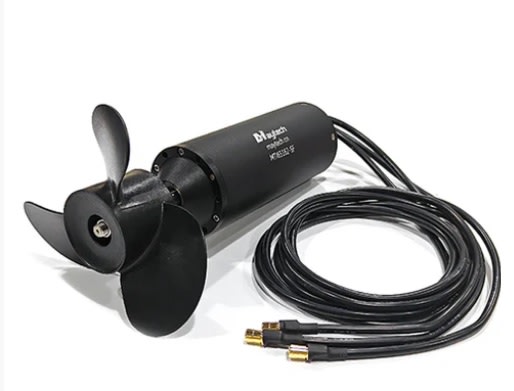
My boat is this.

The steering mechanism is like this.
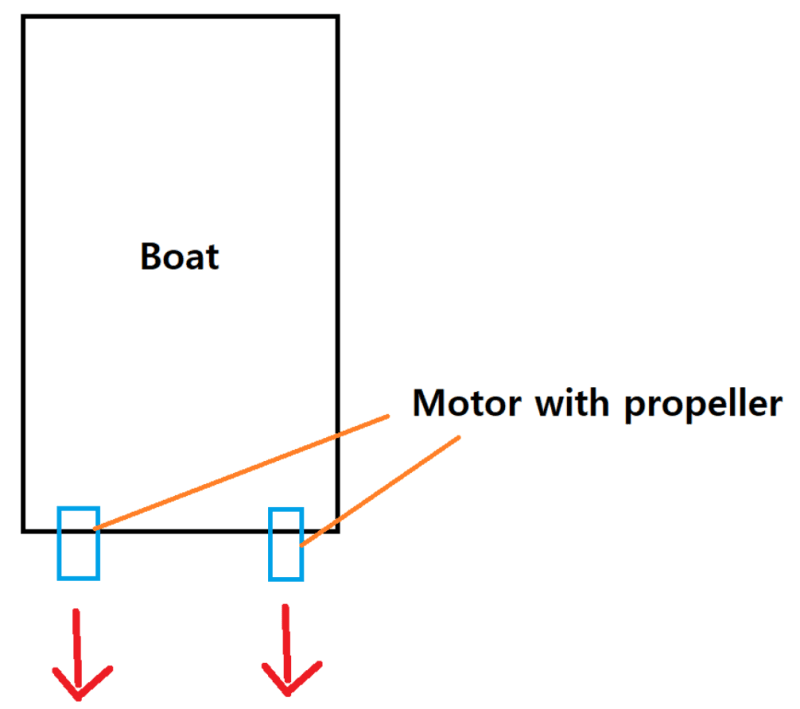
The motors are all fixed on my boat and I want to steer the boat by proportionally controlling each motors rotation.
Is this feasible in reality or should I just go for normal outboard steering mechanism which is just rotating the whole outboard?
The motor is very strong. 10kW. Strong enough for decent propulsion for my boat.
but, I am not sure whether this concept is good for steering.

My boat is this.

The steering mechanism is like this.

The motors are all fixed on my boat and I want to steer the boat by proportionally controlling each motors rotation.
Is this feasible in reality or should I just go for normal outboard steering mechanism which is just rotating the whole outboard?
The motor is very strong. 10kW. Strong enough for decent propulsion for my boat.
but, I am not sure whether this concept is good for steering.

